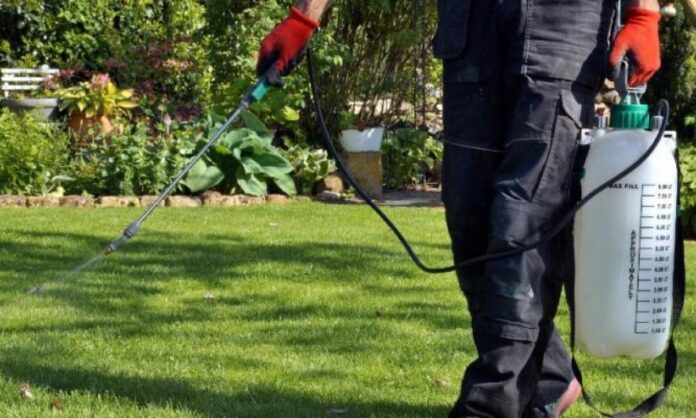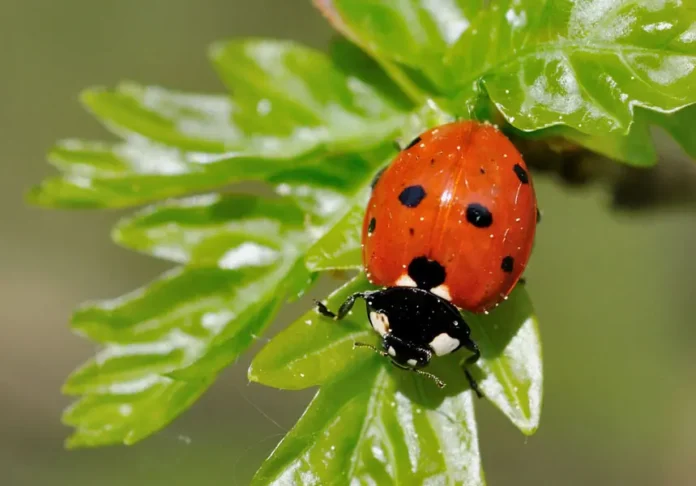A well-maintained, weed-free lawn is every homeowner’s dream. However, achieving this dream can sometimes be a challenge, especially when dealing with stubborn and invasive weeds. We will cover the top lawn control methods that every homeowner should know. These techniques, when applied correctly, can help you maintain a beautiful and healthy lawn all year round.
1. Proper Maintenance
The first and foremost method of plant control is proper lawn maintenance. A well-kept lawn is less likely to experience problems in the first place. To maintain a healthy and lawn, you should focus on the following practices:
- Mowing: Keep your grass at the recommended height for your specific grass type. Mowing too short can weaken the grass and make it more susceptible to unwanted plant invasion.
- Fertilization: Apply the appropriate amount of fertilizer to promote healthy grass growth. Be sure to follow the instructions on the product label to avoid over-fertilization.
- Irrigation: Water your grass deeply and infrequently to encourage deep root growth. This will help your grass to outcompete weeds for nutrients and water.
- Aeration: Aerating your lawn can improve soil structure, allowing water and nutrients to penetrate more deeply. This promotes healthy grass growth and makes it more difficult for weeds to establish themselves.
Many homeowners rely on Lakewood lawn care professionals to maintain their lawns, ensuring that these crucial steps are followed correctly.
2. Pre-emergent Herbicides

Pre-emergent herbicides are chemical products that are applied before seeds germinate. These herbicides form a chemical barrier in the soil that prevents seedlings from emerging. Pre-emergent herbicides are effective at controlling annual weeds, such as crabgrass and foxtail, which reproduce by seed.
Timing is crucial when using pre-emergent herbicides. Apply them in early spring before soil temperatures reach 55°F (13°C), as this is when most seeds begin to germinate. Be sure to follow the label instructions for proper application rates and reapplication intervals.
3. Post-emergent Herbicides
These herbicides can be either selective or non-selective. Selective herbicides target specific plant species without harming your desired grass, while non-selective herbicides kill all vegetation they come into contact with.
Selective herbicides are the preferred choice for most lawn control applications. They are available in both liquid and granular forms and can be applied using a variety of methods, such as spot treatments or broadcast applications.
When using post-emergent herbicides, timing and proper application are essential for success. Apply these herbicides when weeds are actively growing and follow the label instructions for application rates and methods.
4. Mechanical Control

Mechanical control involves physically removing weeds from your grass. This can be done using a variety of tools, such as pullers, hoes, or even your hands. Mechanical weed control is a good option for small-scale infestations or for homeowners who prefer not to use chemical weed control methods.
To effectively control unwanted plants through mechanical means, it is crucial to remove the entire weed, including the root system. This can be challenging for some species with deep or extensive root systems. Persistence and regular monitoring are key to the success of mechanical methods.
5. Biological Control
Biological control involves the use of living organisms, such as insects or microorganisms, to control unwanted plants. This method is not as common in residential lawn care but can be a sustainable and eco-friendly option for control in some situations.
One example of biological weed control is the introduction of beneficial insects that feed on specific species. These insects, such as the Galerucella beetle, which targets purple loosestrife, can help to reduce weed populations without the use of chemical herbicides.
Another example is the use of specific microorganisms, such as bacteria or fungi, which can inhibit growth or even kill certain weeds. These bioherbicides are applied to the soil or directly onto the lawn and can provide a targeted approach to weed control.

Conclusion
Remember that each lawn is unique, and what works for one may not work for another. Be sure to consider your specific situation and choose the most appropriate weed control methods for your grass. If you’re unsure about the best approach for your lawn or need assistance with control, consider consulting with a local care professional, such as a Lakewood lawn care specialist, to ensure the best possible results.




